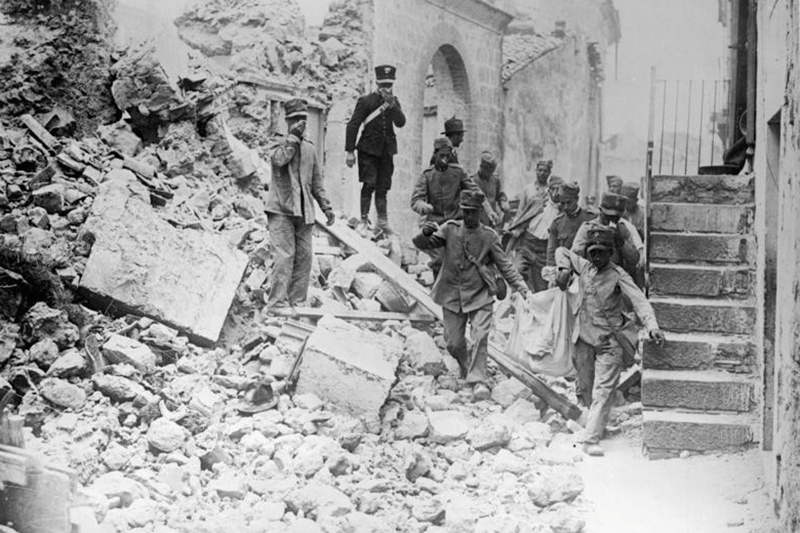The Irpinia and Vulture earthquake

On July 23, 1930, an earthquake of magnitude 6.7 struck a vast area of southern Italy between Upper Irpinia and the Vulture area, affecting the provinces of Naples, Avellino, Benevento, Foggia, Potenza, and Salerno. The Upper Irpinia region was the most seriously damaged, particularly the inhabited centers of Lacedonia, Aquilonia, and Villanova in the province of Avellino. The towns of Rapolla, Barile, Rionero, Atella, and Melfi, situated at the foot of Monte Vulture in the province of Potenza, were also hit. The earthquake caused about 1400 deaths.
The area impacted by the event included small villages, typically 600 meters or higher above sea level and connected mainly by winding and poorly maintained roads. Despite the fact that this region of the southern Apennines had been hit by some of the most disastrous earthquakes in Italian seismic history over the centuries, no preventive measures were taken to mitigate the risk associated with the occurrence of similar events.
The severe damage caused by the earthquake on July 23 was due to a combination of factors. A major contributor was the type of land on which the inhabited centers were built—clay, sand, or gravel. However, the main reason was the fragility of the buildings, which were mostly constructed using river stones bound by poor-quality mortar or even dried mud. As a result, the earthquake brought the issue of seismic vulnerability of the building heritage into sharp focus.
Photo: Collapse caused by the earthquake of 23 July 1930 in a village in Vulture, in northern Basilicata / Bundesarchiv, catalog number 102-10192, published on commons.wikimedia.org under CC BY-SA 3.0 license